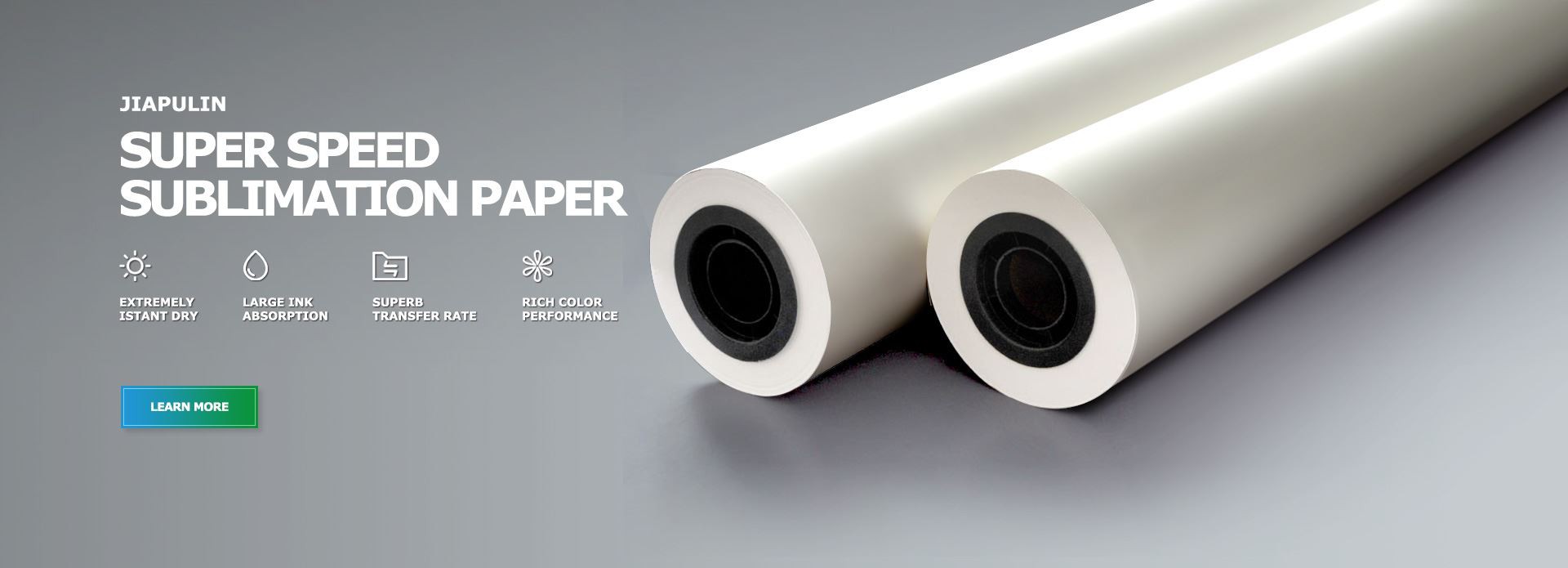Factors affecting the printing speed of industrial light sublimation paper
Oct 02, 2024
The printing speed of industrial light sublimation paper is affected by many factors, mainly including the following aspects:
1. Printer performance
Printing resolution: Higher printing resolution usually takes more time to process image data, thus reducing printing speed. If the print quality requirement is not particularly high, the resolution can be appropriately reduced to increase the printing speed.
Nozzle technology: Different types of nozzles differ in inkjet speed and accuracy. Advanced nozzle technology can achieve faster inkjet speed and more accurate ink drop control, thereby increasing printing speed.
Memory and processor performance: The printer's memory and processor determine its ability to process image data. If the memory is insufficient or the processor performance is low, it may cause slower printing speed. When choosing a printer, you can pay attention to its memory capacity and processor performance indicators.
2. Sublimation paper quality
Coating quality: High-quality sublimation paper coating can better absorb ink and make the ink dry quickly, thereby reducing printing waiting time. If the coating quality is poor, it may cause the ink to dry slowly and affect the printing speed.
Paper thickness: Thicker paper may take longer to pass through the printer, thereby reducing the printing speed. On the premise of meeting the printing needs, you can choose thinner sublimation paper to increase the printing speed.
Flatness: Paper with good flatness is transmitted more smoothly in the printer, reducing the occurrence of paper jams and failures, thereby increasing the printing speed. If the paper is not flat, it may cause the printer to frequently adjust the paper position, affecting the printing speed.
3. Ink characteristics
Ink type: Different types of sublimation inks differ in drying speed and fluidity. Choosing inks with fast drying speed and good fluidity can increase the printing speed.
Ink color: Some colors of ink may take more time to dry or process, which affects the printing speed. For example, dark inks usually take longer to dry than light inks. When printing, you can arrange the color order reasonably according to the actual situation to increase the printing speed.
4. Print settings
Print mode: Different print modes have a great impact on the printing speed. For example, the high-quality printing mode usually takes more time to process image data and inkjet, while the fast printing mode can sacrifice a certain amount of printing quality to increase the printing speed. Choose the appropriate printing mode according to actual needs.
Print queue management: Reasonable management of the print queue can improve printing efficiency. Avoid printing too many tasks at the same time to prevent the printer from being overloaded and causing the printing speed to slow down. It can be reasonably arranged according to the urgency and size of the task.
5. Environmental factors
Temperature and humidity: Temperature and humidity have a certain impact on the drying speed of the ink. Under suitable temperature and humidity conditions, the ink dries faster and the printing speed will increase accordingly.
Dust and impurities: Dust and impurities in the printing environment may clog the nozzle, affecting the inkjet effect and printing speed. Keeping the printing environment clean and cleaning the printer regularly can improve the printing speed and stability of the equipment.
If you are deeply interested in industrial light thermal sublimation paper, please contact Jiapulin New Material, our professional team will provide you with tailor-made solutions and comprehensive technical support.
https://www.jiapulin-print.com/







